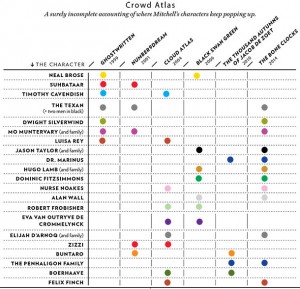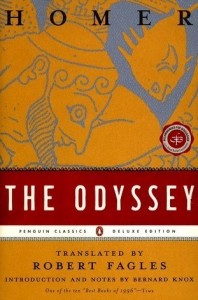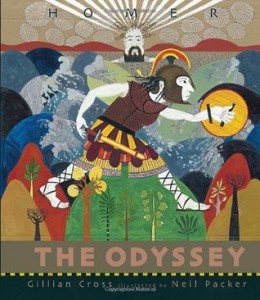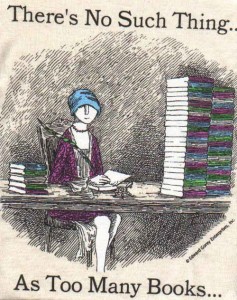BLESSED ARE THOSE WHO WEEP by Kristi Belcamino
Thursday, March 19th, 2015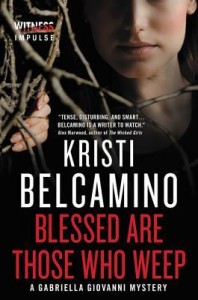
Up front disclosure: Kristi is a friend so I would say lovely things about Blessed Are Those Who Weep no matter what. Fortunately, she creates engaging characters and is a spinner of ripping plots, so it is easy to say good things about the book.
I received a free advance review e-copy, but I think it evaporates in 30 days, which is fine because by then I’ll have my own copy that I pre-ordered from BN.com for my Nook reader. You can also pre-order it at Amazon for your Kindle or other reader. It will be available on April 7, 2015.
Blessed Are Those Who Weep: A Gabriella Giovanni Mystery is the third in the series, after Blessed Are the Dead, and Blessed Are The Meek. This book can stand alone, but I do recommend going back to read the first two in order to better get to know the characters, because they’re one of the many joys of this ongoing series. This book is set in 2003, several months after the previous one.
Gabriella is a crime reporter for a San Francisco newspaper, and has a hot Irish cop boyfriend named Sean Donovan. The two of them are having a rough patch, though, after some recent trouble I won’t divulge. We don’t get into that, though, until after the riveting opening scene, which I could describe but will quote instead because I think it’s terrific. When I heard Kristi read this aloud recently, the noisy bar became pin-drop quiet, and throughout there were gasps of horror.
At first I think she is a doll. Sitting there so still on the floor in her pink dress, chubby legs sticking out from her diaper, big black eyes unblinking, staring at something I can’t see. A ribbon hangs loose in her hair. Something that looks like chocolate is smeared around her mouth and one cheek.
The front door is only open wide enough to frame her small body in the dim light. I can’t see the rest of the room.
“Mrs. Martin?” The words echo in the silent apartment. At my voice, the baby turns her head toward me in what seems like slow motion. Even though the apartment door was ajar when I arrived, something stops me from pushing it open more. My hand hangs in the air, frozen. The rhythmic drip of a faucet is eerily loud. And something smells funny. Off. A smell I recognize but cannot place. A smell that increases my unease.
“Are you in there Mrs. Martin? It’s Gabriella Giovanni from the Bay Herald. We spoke yesterday.”
Silence.
As if my voice has flicked a switch, the child moves and talks, babbling. “Mamamama, Maaamamama.” She picks something up. Something floppy and pale and long. Something with short red fingernails. An arm.
A wave of panic rises in me as I figure out what I smell. (p. 1-2)
That baby, crawling among the dead bodies of her family, becomes a lifeline for Gabriella, who was already having a tough time emotionally before she stumbled on that crime scene. The baby’s father is in the army and deployed abroad. As Gabriella works to piece together what happened, she begins to suspect the father isn’t as far away as he seems. Those around her think she’s crazy, and given what she’s gone and going through, she might be. It’s an uphill fight for her to keep searching for answers to keep that baby safe, and one that builds until the very end. She goes up the chain of command in the military, into a sex club, a dojo, and by the end of the book has figured out how these all intersect.
One of the pleasures of this book and the ones that precede it, is that Gabriella is both endearingly and sometimes frustratingly real. This is no picture-perfect top model cruising around in her convertible, solving mysteries without breaking a nail. Gabriella, or Ella to her loved ones, stumbles in her heels, wears the wrong outfit to a crime scene, and (usually) eats baguettes and pastries with gusto. She has a day job and has to work for a living. Here, she’s also depressed and making bad personal decisions, the kind that make me want to give her a shake and yell, “Snap out of it!” She’s being passive-aggressive with her boyfriend, ducking calls from her mom, and cancelling her therapy appointments. Gabriella is realistically flawed and human, and I truly enjoy spending time with her, even when she’s in a sorry state, as she is for much of the book. As with all the books, we get to see Gabriella’s Catholic faith and symbols throughout, and spend time and eat vicariously at the bountiful table of her Italian grandmother.
I enjoyed the story as well as the characters, and tore through this book in under 24 hours. It has a tremendous need-to-know-what-happens factor, both for the baby and for Gabriella. I’m very much looking forward to the next book in the series, and to seeing what Gabriella is up to in the future.
You can pre-order the book at Amazon here
At Barnes & Noble here
And find it on Goodreads here
